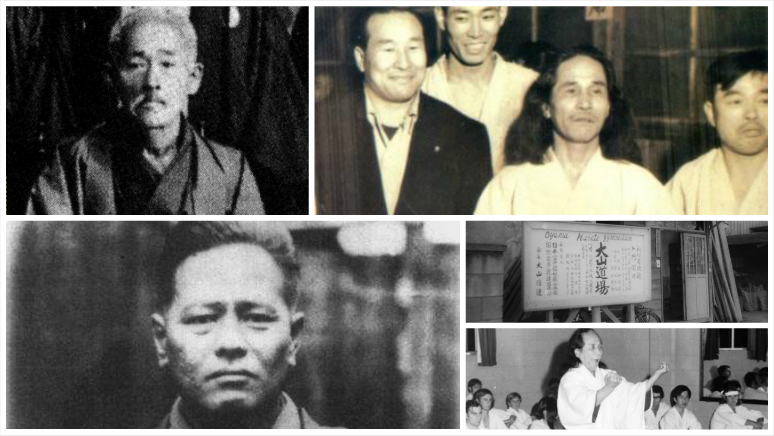isshinryuronin
Senior Master
I'm piggy backing off another thread with a similar name (excuse the plagiarism, Simon) but from a completely different direction.
As a kid we may have read the adventurous entertaining tales of Tom Sawyer and Huckleberry Finn or The Little Prince. But if we picked them up many years later after years of experience, additional education and a with a better understanding of life, we see beyond the simple plot and discover what is not clearly written. Reading them again now, these books offer keen observations of society and human nature. It's almost like reading a new book!
TMA is much like this, I think. Once we have gotten 2nd, 3rd or 4th dan the TMA book is well familiar to us, perhaps even a little boring. It's just the same words and basic plot over and over. But if we read it again with new eyes, as if it's the first time we're turning the pages, a different story emerges offering new insights and excitement. It's like learning a new style.
I think if we start from scratch sort of like a white belt in a new style (but with the internalized experience we've gained over the years of study and practice), we may discover things we didn't notice on the first go-around. "Re-read" the stances, punches, blocks, kicks, stepping, combinations, kata, etc. But just don't do them by rote the same way you always did. Do it with the spirit that they're brand-new moves. Doing this kind of revision every 6-10 years or so will invigorate your "old" style, molding it into something fresh, better, "new." A good book is meant to be re-read.
Have you done something similar? What insights did you gain?
As a kid we may have read the adventurous entertaining tales of Tom Sawyer and Huckleberry Finn or The Little Prince. But if we picked them up many years later after years of experience, additional education and a with a better understanding of life, we see beyond the simple plot and discover what is not clearly written. Reading them again now, these books offer keen observations of society and human nature. It's almost like reading a new book!
TMA is much like this, I think. Once we have gotten 2nd, 3rd or 4th dan the TMA book is well familiar to us, perhaps even a little boring. It's just the same words and basic plot over and over. But if we read it again with new eyes, as if it's the first time we're turning the pages, a different story emerges offering new insights and excitement. It's like learning a new style.
I think if we start from scratch sort of like a white belt in a new style (but with the internalized experience we've gained over the years of study and practice), we may discover things we didn't notice on the first go-around. "Re-read" the stances, punches, blocks, kicks, stepping, combinations, kata, etc. But just don't do them by rote the same way you always did. Do it with the spirit that they're brand-new moves. Doing this kind of revision every 6-10 years or so will invigorate your "old" style, molding it into something fresh, better, "new." A good book is meant to be re-read.
Have you done something similar? What insights did you gain?



